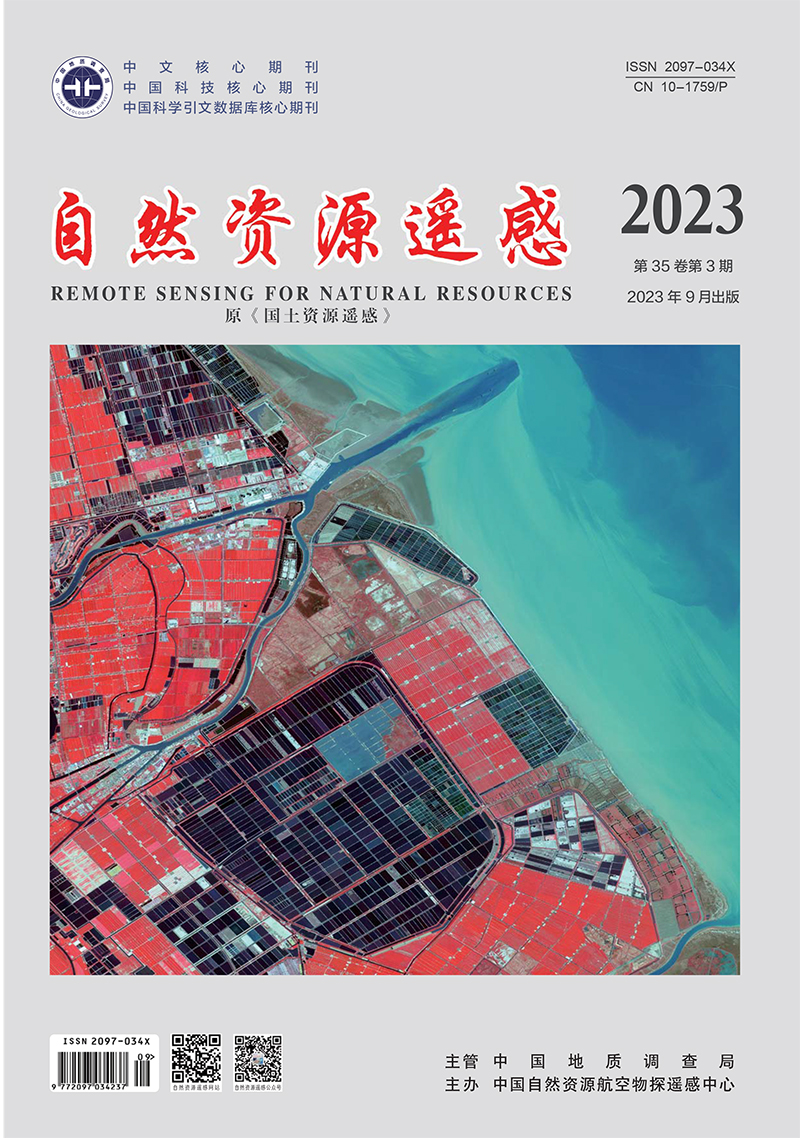JIANG Zhuoran, ZHOU Xinxin, CAO Wei, WANG Yahua, WU Changbin. 2023. Intelligent detection of crab ponds using remote sensing images based on a cooperative interpretation mechanism. Remote Sensing for Natural Resources, 35(3): 25-34. doi: 10.6046/zrzyyg.2022307
| Citation: |
JIANG Zhuoran, ZHOU Xinxin, CAO Wei, WANG Yahua, WU Changbin. 2023. Intelligent detection of crab ponds using remote sensing images based on a cooperative interpretation mechanism. Remote Sensing for Natural Resources, 35(3): 25-34. doi: 10.6046/zrzyyg.2022307
|
Intelligent detection of crab ponds using remote sensing images based on a cooperative interpretation mechanism
-
JIANG Zhuoran1,
-
ZHOU Xinxin 2,3,4,
-
CAO Wei5,
-
WANG Yahua1,3,4,
-
WU Changbin1,3,4,
-
1. School of Geography, Nanjing Normal University, Nanjing 210023, China
-
;2. School of Geographic and Biologic Information, Nanjing University of Posts and Telecommunications, Nanjing 210023, China
-
;3. Key Lab of Virtual Geographic Environment, Ministry of Education, Nanjing Normal University, Nanjing 210023, China
-
;4. Jiangsu Center for Collaborative Innovation in Geographical Information Resource Development and Application, Nanjing 210023,China
-
;5. Nanjing Guotu Information Industry Co., Ltd., Nanjing 210000, China
More Information
-
Corresponding author:
WU Changbin
-
Abstract
Digging ponds to raise crabs is a non-grain behavior of cultivated land, endangering national food security. However, the intelligent interpretation of remote sensing images targeting this behavior faces challenges such as laborious manual interpretation and low verification efficiency. Based on a cooperative interpretation mechanism, this study proposed an intelligent method for detecting crab ponds using remote sensing images. This method, integrating the HRNet segmentation network and the Swin-Transformer classification network models and combining manual verification, improved the detection accuracy and work efficiency. The application results of this method to Gaochun District, Nanjing City, Jiangsu Province show that the method for intelligent detection can automatically determine 83.4% of the spots for detection, with final identification accuracy of 0.972. The method proposed in this study can significantly reduce the identification difficulty and manual verification workload while improving the detection accuracy. Therefore, this study will provide a reliable solution for the accurate and efficient detection of non-grain surface features such as crab ponds.
-

-
-
Access History







 DownLoad:
DownLoad: